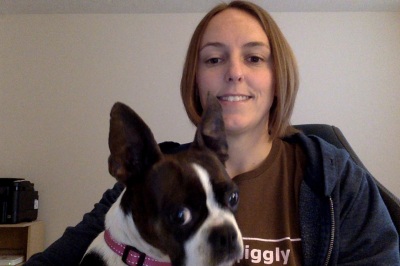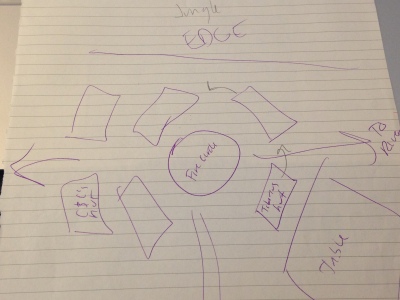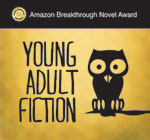It's almost November, so writers of all sorts are scrambling to get ready for NaNoWriMo (aka National Novel Writing Month). If you aren't familiar with NaNoWriMo, the goal is to write a 50,000 word (or more) novel in the month of November. That averages to about 1,667 words a day. It's a fun challenge, and The Photograph was born out of NaNoWriMo. But I am not participating this year. I'm in the middle of revisions for two novels, so it doesn't make sense for me to put those down right now to start something new. But for those who may be trying NaNoWriMo for the first time, I thought I could send some tips your way to help with your productivity.
Three years ago, when I wrote the Photograph during NaNoWriMo, 1,667 words a day sounded terrifying. These days I set a goal of 3,000 words a day (usually in 2-3 hours time) when I'm in first draft stage. I know some of the productivity increase is because I have more words under my belt. The more you do something, the easier it gets. However, I know the biggest boost in productivity comes from writing in silence.
What is writing in silence?
It's exactly how it sounds. I remove all possible distractions and write. Here's the steps I take.
- I get a drink (usually caffeinated) and sometimes a snack and sit down at my computer in the office.
- I turn off the wifi on my computer. (If you may be tempted to turn it on, I suggest just flipping off your router)
- I put my iPhone on silent mode and flip it over so I cannot see the screen. (I'll be honest, nobody calls me, but if they did, and it was an emergency, I could still answer it).
- I get to work.
It's pretty simple, but it's been super effective for me. Without distractions, I get in the writing zone quicker. Usually after writing around 1,000 words, I'll get up and take a break for five minutes. Then it's back to it.
Like I said, writing in silence has helped me write faster. If you are trying NaNoWriMo, I suggest you find a distraction free area to write. It will help tremendously.
I do acknowledge that distractions can come up despite your best intentions. This happened to me the other day.

I was on my computer hard at work when Peach jumped into my lap. I don't even know how she managed to land on my lap and not hit the desk. She's crafty. Anyways, momentary distraction. I carefully removed her from my lap (much to her disapproval) and went back to work. Sometimes removing the distraction can be difficult if it's a spouse or a child, but I think you can manage. :)
That's my tip for the NaNoWriMo folks. Enjoy November and good luck!
What are your productivity hacks?

 I am excited to announce my contemporary young adult novel, The Photograph, is moving on to the second round of the
I am excited to announce my contemporary young adult novel, The Photograph, is moving on to the second round of the